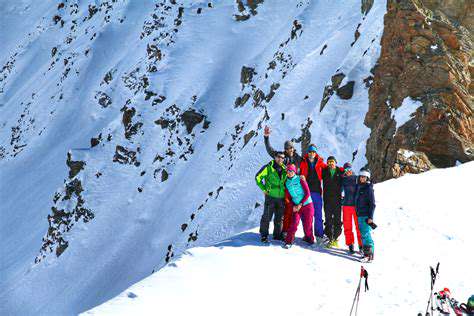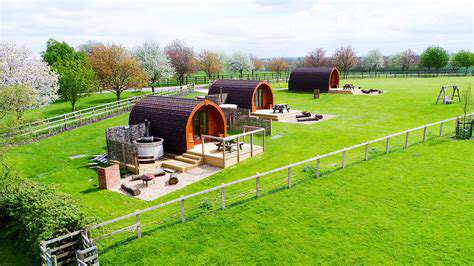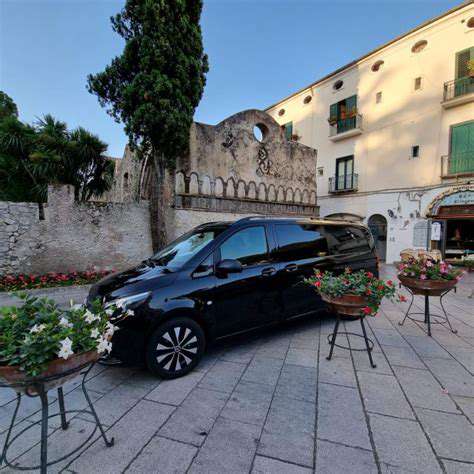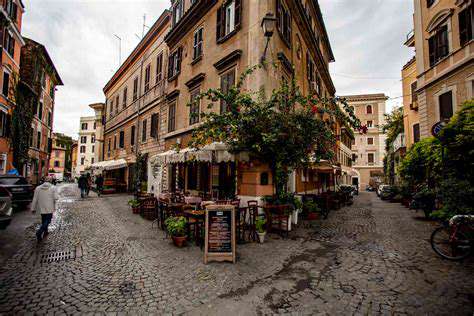Guide to Hiking in the Swiss Alps

Planning Your Swiss Alpine Adventure
Embarking on a Swiss Alpine journey requires thoughtful preparation to create lasting memories. While some travelers prefer spontaneous trips, detailed planning often leads to smoother experiences. The season you choose dramatically affects trail conditions and available activities, making timing a critical factor. Different regions offer unique landscapes, from lush valleys to rugged peaks, allowing you to customize your adventure.
Beyond physical preparation, understanding local customs adds depth to your journey. Many visitors overlook how simple gestures like greeting hikers with Grüezi can enhance interactions with Swiss locals. While hiking remains the most popular activity, alternatives like paragliding or via ferrata routes offer thrilling perspectives of the Alps.
Choosing Your Accommodation
The right lodging transforms a good trip into an extraordinary one. Luxury resorts with panoramic terraces provide unforgettable sunrise views, while family-run berghauses offer authentic Swiss hospitality. Surprisingly, some remote mountain huts provide better amenities than expected, including hot showers and hearty meals.
Location matters more than many realize. A charming village hotel might seem ideal, but staying at higher elevations often reduces daily travel time to trailheads. Some hikers prefer splitting their stay between valley towns and alpine refuges to experience both comfort and wilderness immersion.
Crafting Your Itinerary
Balancing activity with relaxation proves challenging for many travelers. While the temptation exists to fill every day with strenuous hikes, including leisurely afternoons in mountain cafes enhances the overall experience. Many visitors regret not allocating time for unexpected discoveries like local cheese dairies or hidden waterfalls.
Transport logistics often get overlooked. The famous Swiss rail system reaches surprising locations, but some remote valleys require careful timing of post bus connections. Savvy travelers build buffer days for weather disruptions or spontaneous extensions of particularly scenic hikes.
Essential Gear and Safety Precautions
Packing mistakes can make or break an alpine adventure. While technical clothing gets attention, many underestimate the importance of broken-in footwear and quality socks. A common oversight is packing for best-case scenarios rather than the Alps' famously changeable weather.
Safety extends beyond equipment. Learning to interpret mountain weather patterns can prevent dangerous situations more effectively than any gear. Local mountain guides often share invaluable tips about microclimates and alternative routes when conditions change.
Embracing the Swiss Alpine Experience
The most memorable moments often happen between planned activities. Early mornings on empty trails reveal the Alps at their most magical, with mist rising from valleys and wildlife more active. Many travelers find that slowing down to sketch landscapes or journal creates deeper connections than countless photos.
Cultural immersion happens in unexpected ways. Sharing a fondue with fellow hikers in a crowded mountain hut often becomes the trip highlight. The Swiss tradition of afternoon cake breaks at mountain restaurants offers perfect opportunities to swap stories with other adventurers.
Planning Your Swiss Alpine Hike: Trail Selection and Permits

Choosing Your Route
Selecting trails involves honest self-assessment of fitness and experience. While iconic routes like the Haute Route tempt many, lesser-known alternatives often provide equally stunning views with fewer crowds. The Swiss hiking scale (T1-T6) proves more reliable than distance alone for judging difficulty.
Seasonal variations dramatically alter trails. What appears as a moderate summer hike might involve dangerous snow patches in early season or overwhelming heat in midsummer. Consulting recent trip reports from local tourism offices provides more accurate assessments than generic guidebooks.
Packing Essentials
The Swiss Alpine Club recommends a surprisingly light packing list. While preparedness matters, overpacking leads to unnecessary fatigue on long ascents. Many experienced hikers swear by the pack twice, remove half approach after their first overloaded trek.
Nutrition often gets overlooked. While energy bars have their place, local specialties like dried meats and alpine cheese provide both fuel and cultural connection. Hydration strategies should account for frequent mountain springs offering delicious (and free) drinking water.
Acclimatization and Safety Precautions
Altitude affects people unpredictably. Spending two nights at intermediate elevation before major climbs significantly reduces problems. The Swiss practice of hut hopping - gradually increasing sleeping altitudes - offers both acclimatization and incredible scenery.
Emergency preparedness goes beyond gear. Memorizing the European emergency number (112) and basic German/French/Italian phrases aids crisis communication. Many mountain rescue teams appreciate when hikers can provide coordinates rather than vague location descriptions.
Enjoying the Scenery and Wildlife
Morning light reveals the Alps' true majesty. Starting hikes before dawn rewards with golden sunrise views and wildlife sightings. Ibex and chamois often appear more active during cooler morning hours before retreating to shaded areas.
Botanical wonders abound for observant hikers. Edelweiss grows in specific microclimates that local guides can help locate. Alpine gardens near many mountain hotels showcase rare flowers without requiring off-trail exploration that damages fragile ecosystems.
Maximizing Your Alpine Experience: Beyond the Trails
Planning Your Ascent
Successful alpine adventures blend preparation with flexibility. While researching routes is essential, local knowledge often reveals better alternatives than online resources. Many valley tourism offices employ hiking experts who can suggest routes matching current conditions.
Cultural considerations enhance the experience. Understanding traditional grazing rights explains why some trails pass through working farms. The Swiss right of public access comes with responsibility - gates must be closed, and livestock given wide berth.
Essential Gear for the Journey
Technology creates new possibilities. While traditional maps remain vital, Swiss topographic apps with offline maps provide real-time location tracking. Solar chargers have revolutionized multi-day hikes, though cold temperatures still challenge battery life.
The ten essentials concept adapts to modern gear. A lightweight emergency bivvy now replaces bulky survival blankets, while satellite messengers offer peace of mind without the weight of full PLBs. Many hikers find trekking poles reduce knee strain more effectively than expensive boots.
Navigating the Terrain
Swiss trail markings are remarkably consistent but have nuances. Yellow diamonds indicate main routes, while blue-white stripes mark alpine paths requiring experience. Understanding these differences prevents accidentally venturing onto technical terrain.
Micro-navigation skills prove valuable. Learning to identify key landmarks prevents over-reliance on technology. Many trails follow historic trade routes, with subtle cairns and rock formations guiding the way for centuries.
Embracing the Scenic Beauty
Photography in the Alps requires specific techniques. Polarizing filters dramatically enhance alpine lake reflections and blue skies. Morning and evening light creates depth in mountainous landscapes that midday sun flattens.
Creative documentation enhances memories. Keeping a small sketchbook forces deeper observation than quick photos. Many hikers enjoy collecting pressed alpine flowers (where permitted) as tangible mementos.
Staying Safe in the Mountains
Weather wisdom comes with experience. Recognizing lenticular clouds can prevent being caught in sudden storms. Afternoon thunderstorms follow predictable patterns in many regions, making early starts advisable.
Group dynamics affect safety. Establishing turn-back times and decision points prevents summit fever. The Swiss saying the mountain will always be there reminds hikers that discretion beats stubbornness.











